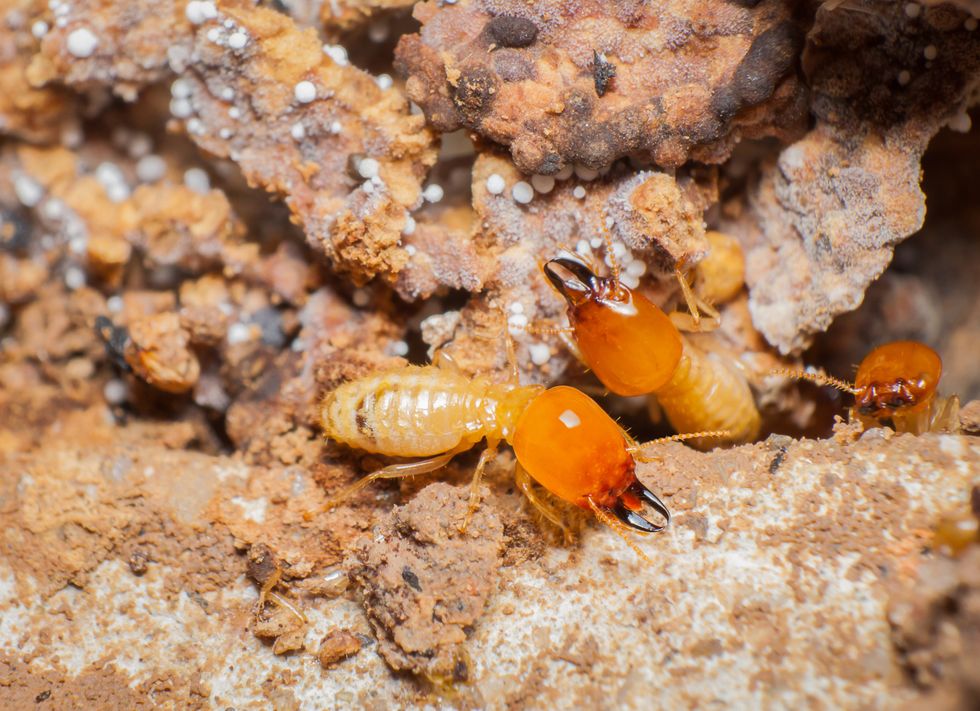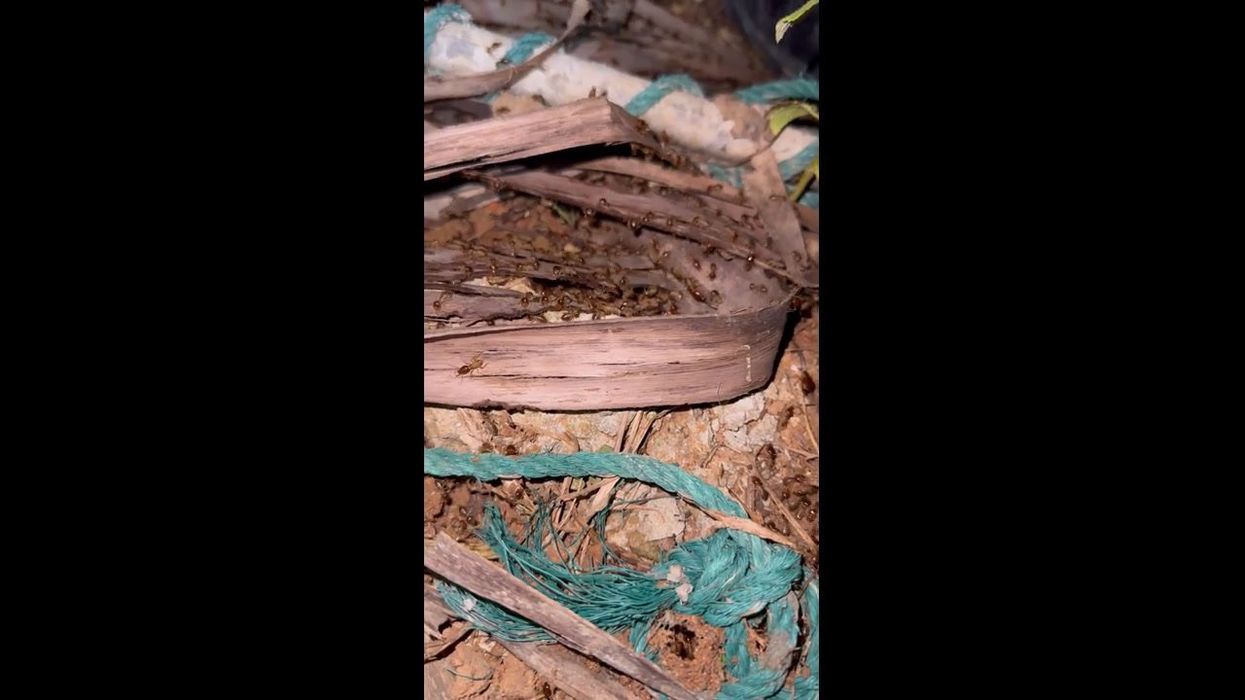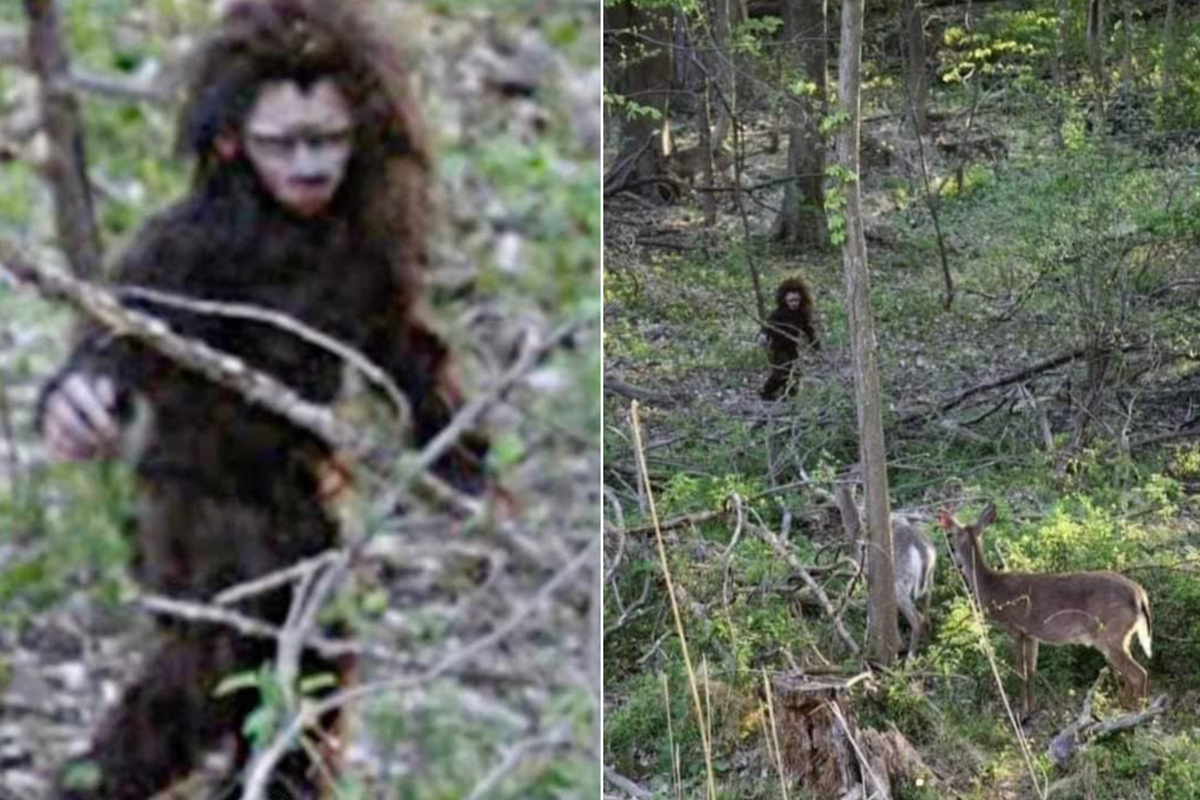Science & Tech
Sinead Butler
Sep 13, 2024
Sound on: termites make fascinating rattle sound when they shake together
ViralPress / VideoElephant
When attacked, termites can make themselves explode in order to spray and kill their predators with blue poison.
In fact, the insects are able to detonate this poison at any time, as they carry it in a “backpack”.
The contents of the substance has since been researched by scientists who have gained further understanding on how the poison works.
The enzyme’s crystal structure has been captured in a high-resolution image for the first time and was published last month in Structure - all thanks to Czech Republic researchers.
Neocapritermes taracua is the species at the centre of the research which are from French Guiana.
Often it is older workers that explode their blue spotted rucksacks if they get attacked, according to research dating back to 2012.
Inside their abdomen, contains special glands that produce the enzyme blue laccase BP76 for their backpack.

Blue, copper-containing crystals are amassed during the course of the termites life, and if in danger the combination of this enzyme with secretions from their salivary glands can cause their bodies to detonate.
Specifically, benzoquinones is what is created and has the power to kill predators. However, the process of this enzyme turning from a stored solid to liquid when erupted left experts scratching their heads.
This new (and clearer) image has provided answers as the enzyme’s structure appears to be tightly folded like a piece of origami to prevent it from breaking down over time.
A kind of “shield” is formed as the protein is connected to sugar molecules, while the curious bond between lysine and cysteine amino acids near the activation site were also studied.
This combination is required to preserve BP76's structure given that the termites have to carry it like a backpack.
Additionally, this also helps keep the enzyme in shape so that it can be ready to use anytime.
So why do older termites explode their rucksack?
Well, this is because older termites don’t have the same food gathering abilities nor can they nest as well as the younger ones.
Furthermore, insects' mandibles dull over time and so older workers are given a selfless task to sacrifice themselves for the good of the colony.
"Just as knowledge about individual components of an instrument sheds light on how it works, knowing the three-dimensional structure of a molecule helps us understand a biological process," co-author Pavlína Řezáčová explained.
It’s not just termites who have this threatening capability as bombardier beetles also release benzoquinones if threatened or attacked.
However, what differs is that they are excreting two different types – the first being hydroquinone which is used by humans as a skin-lightening agent, while another comes from m-cresol, a toxin found in coal tar.
Deadly stuff.
Sign up to our free indy100 weekly newsletter
How to join the indy100's free WhatsApp channel
Have your say in our news democracy. Click the upvote icon at the top of the page to help raise this article through the indy100 rankings.
Top 100
The Conversation (0)













